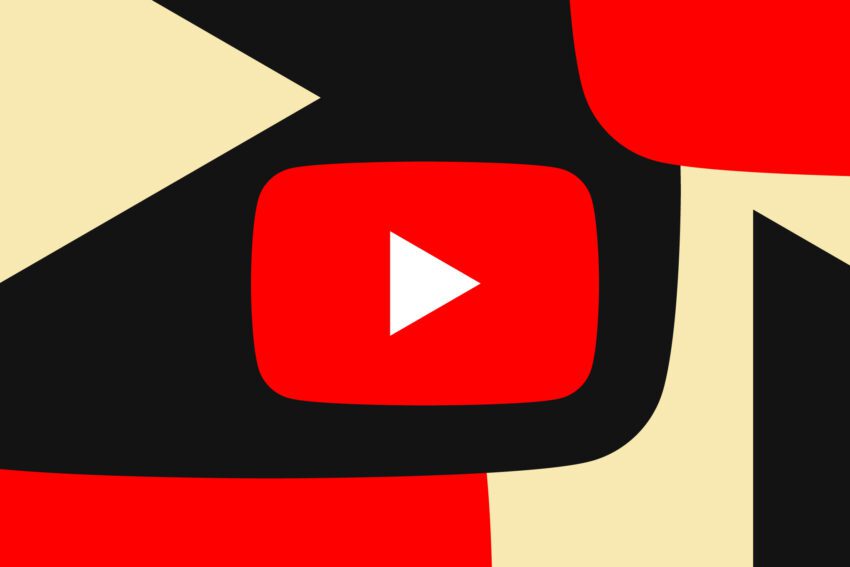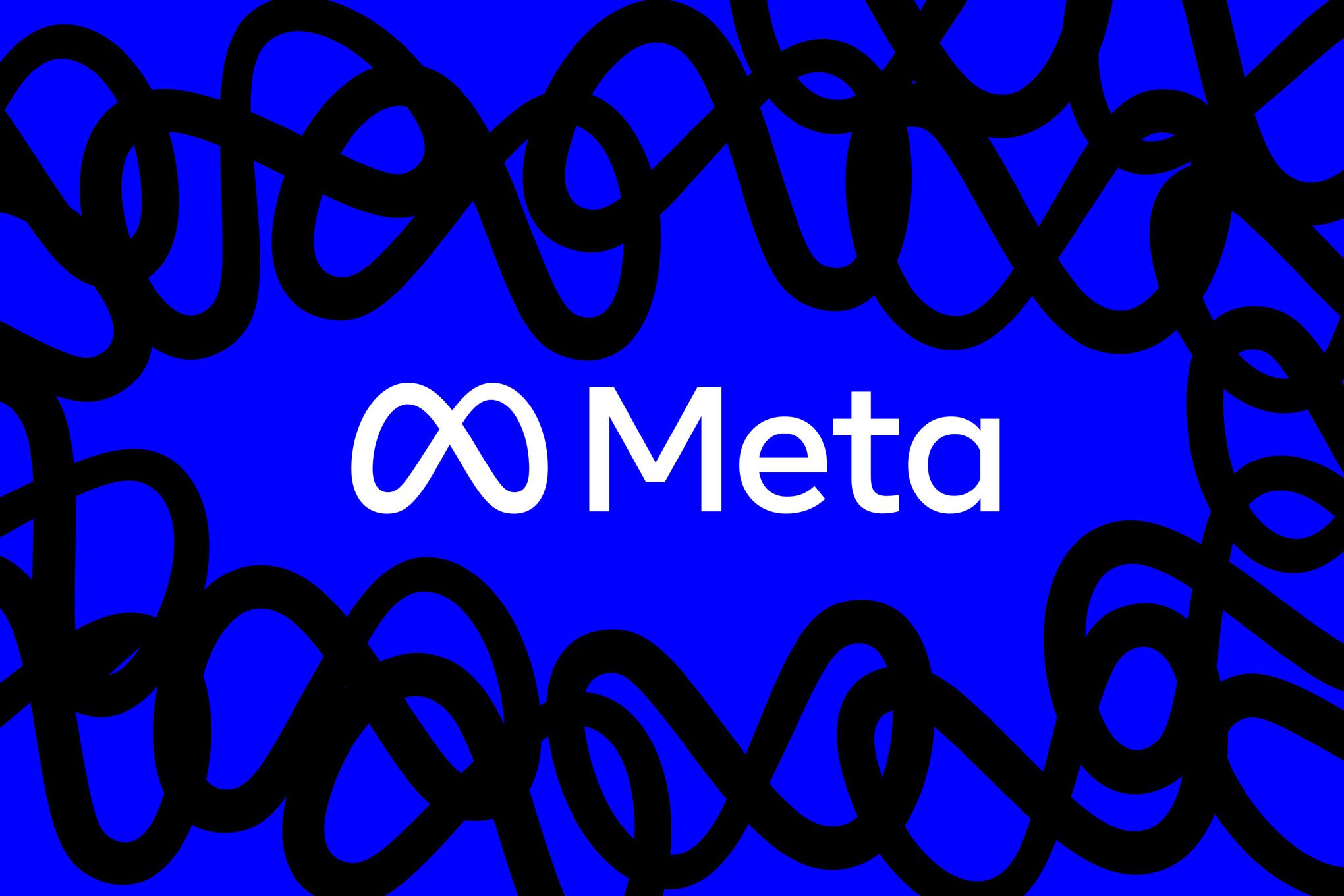
youtube will help you quit watching shorts YouTube has introduced a new feature aimed at helping users manage their time spent watching Shorts, a popular short-form video format on the platform.
youtube will help you quit watching shorts
New Feature Overview
YouTube’s latest update allows mobile users to set customizable daily limits on their viewing time for Shorts. This initiative aims to encourage viewers to take control of their screen time, rather than getting lost in an endless scroll of short videos. The feature is part of a broader trend among social media platforms to promote healthier viewing habits.
Functionality of the New Time Limit
Once users set their desired time limit, they will receive a notification when they reach that limit, indicating that Shorts has been paused for the day. However, it is important to note that this notification is dismissible, placing the responsibility on users to adhere to their self-imposed restrictions. This feature is designed to foster a more intentional approach to content consumption, allowing users to enjoy Shorts while being mindful of their viewing habits.
Comparative Analysis with Other Platforms
YouTube is not alone in implementing screen time management features. Both Instagram and TikTok have introduced similar options for their users. Instagram allows users to set daily reminders to take breaks, while TikTok offers screen time management across both mobile and web platforms. TikTok’s approach stands out as it extends its time management features to desktop users, a capability that YouTube has yet to adopt.
These features are becoming increasingly relevant as concerns about screen time and its impact on mental health continue to grow. By providing users with tools to manage their viewing habits, platforms like YouTube, Instagram, and TikTok are responding to calls for greater accountability in digital consumption.
YouTube’s Commitment to User Well-being
In its announcement, YouTube emphasized the importance of Shorts in the overall user experience, stating, “Shorts are a core part of the YouTube experience.” The platform aims to strike a balance between allowing users to explore and enjoy content while encouraging them to be more deliberate about their viewing habits. This dual focus on enjoyment and responsibility reflects a growing awareness of the need for digital wellness in an age where screen time can easily spiral out of control.
How to Set Time Limits
The option to set and adjust custom time limits for Shorts is accessible within the YouTube account settings. Users can navigate to their settings and find the relevant options to customize their viewing limits according to their preferences. This user-friendly approach makes it easier for individuals to take charge of their screen time without feeling overwhelmed by complex settings.
Future Plans for Parental Controls
In addition to the new time limit feature for individual users, YouTube has announced plans to expand this functionality to parental controls later this year. This move aims to help parents manage their children’s screen time more effectively. Unlike the dismissible notifications for individual users, these limit notifications for parental controls will be non-dismissable, ensuring that children adhere to the set limits. This proactive approach to screen time management is particularly relevant in today’s digital landscape, where children are increasingly exposed to various forms of media.
Implications of the New Feature
The introduction of customizable time limits for Shorts has several implications for both users and the platform itself. For users, this feature represents a step towards greater self-regulation in an era where digital distractions are ubiquitous. By empowering users to set their own limits, YouTube is fostering a culture of mindfulness around content consumption.
Impact on Content Creators
For content creators, the new feature may have mixed implications. On one hand, it could lead to a decrease in overall viewing time for Shorts, as users may be less inclined to binge-watch content. On the other hand, it could encourage creators to produce more engaging and high-quality content that captures viewers’ attention within a limited timeframe. As users become more selective about their viewing habits, creators may need to adapt their strategies to maintain audience engagement.
Stakeholder Reactions
Reactions to YouTube’s new feature have been varied. Some users have welcomed the initiative, expressing appreciation for the platform’s efforts to promote healthier viewing habits. Others, however, have raised concerns about the effectiveness of dismissible notifications, questioning whether users will genuinely adhere to their self-imposed limits.
Experts in digital wellness have also weighed in on the feature, noting that while it is a positive step, it is not a panacea for the challenges of screen time management. They emphasize the importance of fostering a culture of mindfulness around media consumption, rather than relying solely on technological solutions.
Broader Context of Screen Time Management
The introduction of time limits for Shorts comes at a time when the conversation around screen time is more relevant than ever. Studies have shown that excessive screen time can lead to a range of negative outcomes, including increased anxiety, depression, and sleep disturbances. As a result, many individuals are seeking ways to manage their digital consumption more effectively.
In this context, YouTube’s new feature can be seen as part of a larger movement among tech companies to address concerns about digital well-being. By providing users with tools to manage their screen time, platforms are acknowledging their role in shaping user behavior and promoting healthier habits.
Future Developments in Digital Wellness
As the conversation around screen time continues to evolve, it is likely that we will see further developments in digital wellness features across various platforms. Companies may explore more innovative solutions to help users manage their time, such as integrating artificial intelligence to provide personalized recommendations for breaks or offering insights into viewing patterns.
Moreover, as societal awareness of the impact of screen time grows, there may be increased pressure on tech companies to prioritize user well-being in their product development. This could lead to more comprehensive approaches to screen time management, encompassing not only time limits but also educational resources and community support for users seeking to reduce their digital consumption.
Conclusion
YouTube’s introduction of customizable time limits for Shorts represents a significant step towards promoting healthier viewing habits among its users. By empowering individuals to take control of their screen time, the platform is contributing to a broader conversation about digital wellness and the need for responsible media consumption. As this feature rolls out and expands to parental controls, it will be interesting to observe its impact on user behavior and the overall landscape of social media consumption.
Source: Original report
Was this helpful?
Last Modified: October 22, 2025 at 6:37 pm
0 views















